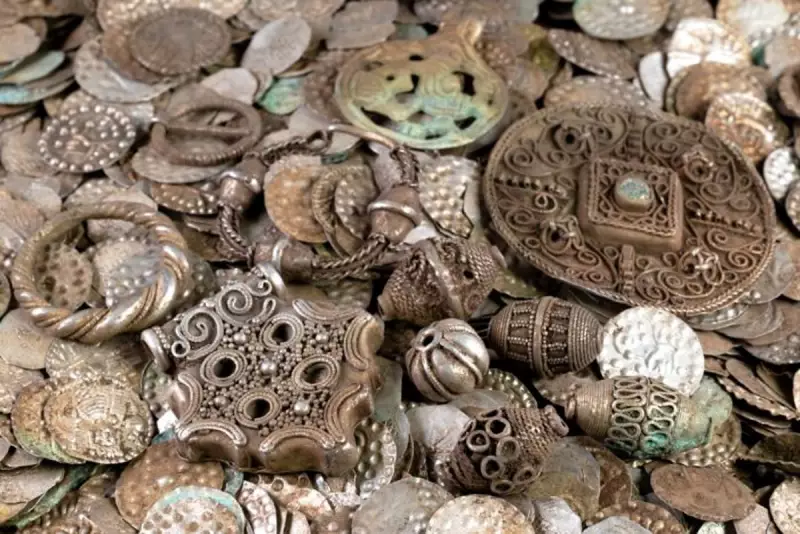
What began as an ordinary fishing expedition in southern Sweden has transformed into the archaeological discovery of a lifetime, after an angler unearthed a remarkable medieval treasure trove from the depths of a lake.
The Chance Discovery That Rewrote History
While preparing his fishing spot along the shoreline of Lake Börringesjön in Skåne County, a local fisherman noticed something peculiar protruding from the sediment. What he initially mistook for a routine piece of litter turned out to be the handle of an ancient bronze cauldron, setting in motion an incredible archaeological investigation.
A Medieval Time Capsule Revealed
Archaeologists from Lund University were summoned to the site, where they carefully excavated the find. To their astonishment, the cauldron contained nearly 6,000 silver coins dating back to the medieval period, preserved in remarkable condition despite centuries submerged in lakebed sediment.
The collection represents one of the most significant numismatic discoveries in recent Scandinavian history, offering unprecedented insights into medieval trade and commerce in the region.
Dating the Treasure
Expert analysis has revealed the coins predominantly originate from fifteenth-century Europe, with the youngest specimens minted between 1456 and 1461 during the reign of Christian I, the King of Denmark, Norway, and Sweden. This precise dating provides crucial context about when this valuable cache was deliberately hidden or lost.
Archaeological Significance
According to Professor Mikael Larsson, who led the excavation, "This isn't merely a collection of ancient currency - it's a window into medieval economic life and international connections that we're only beginning to understand."
The discovery challenges previous assumptions about trade networks and wealth distribution in medieval Scandinavia, suggesting the region maintained extensive economic connections across Northern Europe.
Preservation and Future Research
The delicate conservation process is now underway at Lund University's historical museum, where specialists are working to preserve both the bronze cauldron and its precious contents. Researchers anticipate years of study ahead as they catalogue and analyse each coin, potentially revealing new chapters in Scandinavian medieval history.
This extraordinary find serves as a powerful reminder that history often lies just beneath our feet - or in this case, at the end of a fishing line - waiting for curious minds to uncover its secrets.





